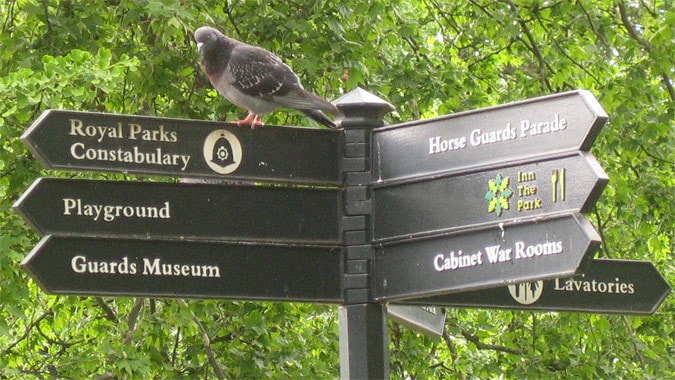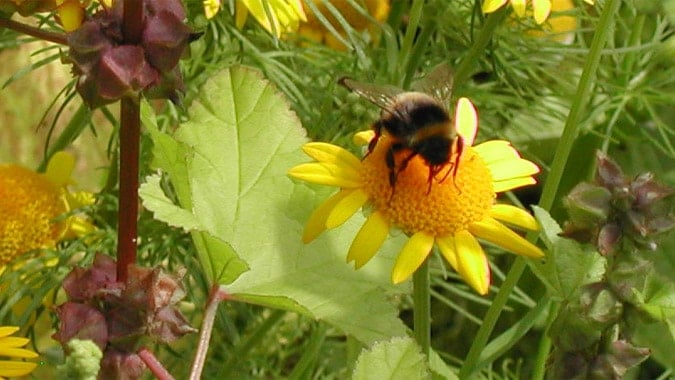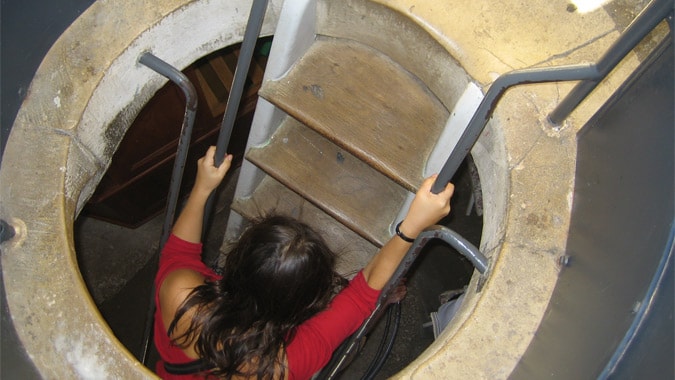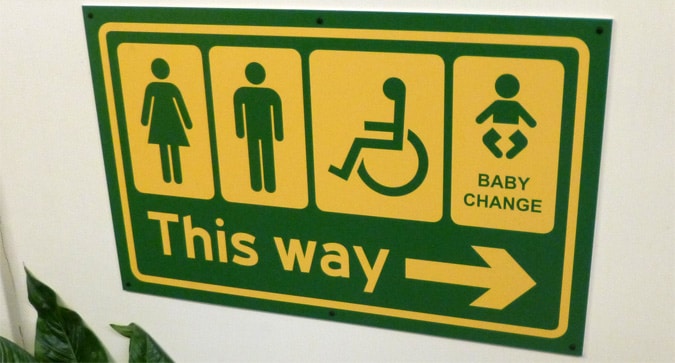Last Updated on June 8, 2023

This site, for the most part, focuses on human wayfinding. How animals navigate and use orientation though, also makes for fascinating reading.
There have been some fascinating stories and situations which have occurred in the last couple of years also which highlight the incredible navigational skills of animals.
Some of these great stories are explained below.
Table of Contents
Subway Dogs in Russia
One of the most extraordinary stories in recent years you might agree is the fascinating story of the ‘Russia subway dogs’.
A large number of dogs use the Moscow subway (metro) system to commute into the city each day and they do so as strays, i.e. without owners.
These dogs navigate across the city from the outskirts each day, into the city and the same location each day.
It is believed that these dogs sleep outside the city in the evenings when it is quieter and in the daytime, these dogs go to the central parts where it is easier to pick up scraps of food and to get fed. So how do they do it?
How do they find their way across the Moscow subway network each day?
It is quite simple in fact. Dogs have a sense of smell that is said to be 10,000 times better than a humans.
Whether or not this figure is accurate one can debate but suffice to say that their sense of smell is incredibly powerful.
Using this ability, these dogs are easily able to recognize each subway (train) station and know exactly where on the rail network they are.
The dogs are able to differentiate each station by smell, in the same way, we use our sight and station names.
How do Pigeons Navigate?
Another very interesting species are pigeons when we think about navigation and wayfinding.
You might well be aware of the ability of racing pigeons and the way in which they can navigate thousands of miles back to their owner’s house, even when they are taken abroad to distant locations which they have not been to before.
This profound ability of pigeons has been known for many years, such that pigeons were used in World War 2 to carry vital messages across enemy lines.
So how do pigeons navigate and manage to find their way thousands of miles from unknown lands?
The truth is that scientists have never fully and clearly been able to determine quite how pigeons pull off this amazing feat.
There is speculation from scientists that pigeons are able to navigate using the Earth’s magnetic field.
Studies have found that on a pigeon’s beak, there are iron particles and these particles are key to how pigeons use their beak as a compass in guiding themselves.
It is also believed by many scientists that pigeons use grid references and hence landmarks to navigate. Oceans, mountain ranges, rivers, cities, and so on, all act for these birds, as navigation tools from the sky.
A newer theory by Haqsstrum (2000) is that these birds use infra-sound to get back to their home. With their ability to zone in on a particularly low frequency, they are in effect able to differentiate places in this way and follow their way back to their home and that frequency area.

Bees and How They Navigate
Bees are vital to our environment given that they continually cross-pollinate crops and it is said that without bees, we as humans would struggle to survive. So how do bees find honey, their hive, and find their way around in general?
According to Smith et al (2003) from their research, bees use individual “sensory-motor routines” to learn routes and to record this information.
Using elements such as the sun, distance, paths and landmarks, bees are thought to build up a kind of mind map in understanding the relation of the hive to these landmarks.
Bees seem in fact to have a lot in common with human wayfinding, much more so than pigeons and dogs.
Ants and How Animals Navigate
I am sure I am not the only person ever to have stood watching in awe as a colony of ants go about their work.
They never seem to bump into each other even when there are hundreds of them and they always seem to have a clear mission and direction. Kohler and Wehner (2004) studied desert ants and found that ants appear to have a unique olfactory sensory ability.
Ants can sense aromas in stereo! Ants, in other words, can smell two-dimensionally i..e in two directions and they use this for navigational purposes.
Tests by Kohler and Wehner showed that ants rely on the aroma and can navigate back to the original location of the aroma, even when the ant is displaced.
Important in the ants’ ability was the need for 2 antennas.
Any ants they tested who had one antenna struggled in the test.
By moving the aromas in the test area, the olfactory nature of navigation by ants seems to have logic.

Cats
Returning to our domesticated friends, there are also some quite staggering stories involving cats.
Take the cat for example who managed to navigate almost 200 miles to get back home to her owners (Bindley,2013).
There are many stories over the years of such occurrences although there are also many more cats who do not manage to find their way home when such long distances are involved (maybe some though because they have chosen new owners and new homes, which is known to happen).
How did this cat find its own way home? Scientists are unable to explain it!
Sea Turtles
Sea turtles add another dimension to non-human wayfinding with their own unique style of navigation. Sea turtles are said to be born with an understanding of the magnetic layout of the ocean.
Research by Lohmann and Lohmann (1996) from the University of North Carolina, found that sea turtles use this magnetic field understanding for global positioning and navigation.
References
- Bindley.K. (2013). Holly the lost cat. Huffington Post.
- Haqsstrum.J. (2000), Infrasound and the avian navigational map.
- Kohler.M. and Wehner.R. (2004), Idiosyncratic route-based memories in desert ants. Neurobiology of Learning and Memory 83 (2005) 1–12.
- Lohmann.K and Lohmann.C. (1996), Detection of magnetic field intensity by sea turtles.
- Smith et all (2003), How honeybees navigate. PNAS.
- Walker (2010), Earth News.
Dr Paul Symonds has a PhD in Wayfinding from Cardiff Metropolitan University in the UK. Paul works with the signage industry, airports and other locations providing wayfinding audits, consultancy and training.













